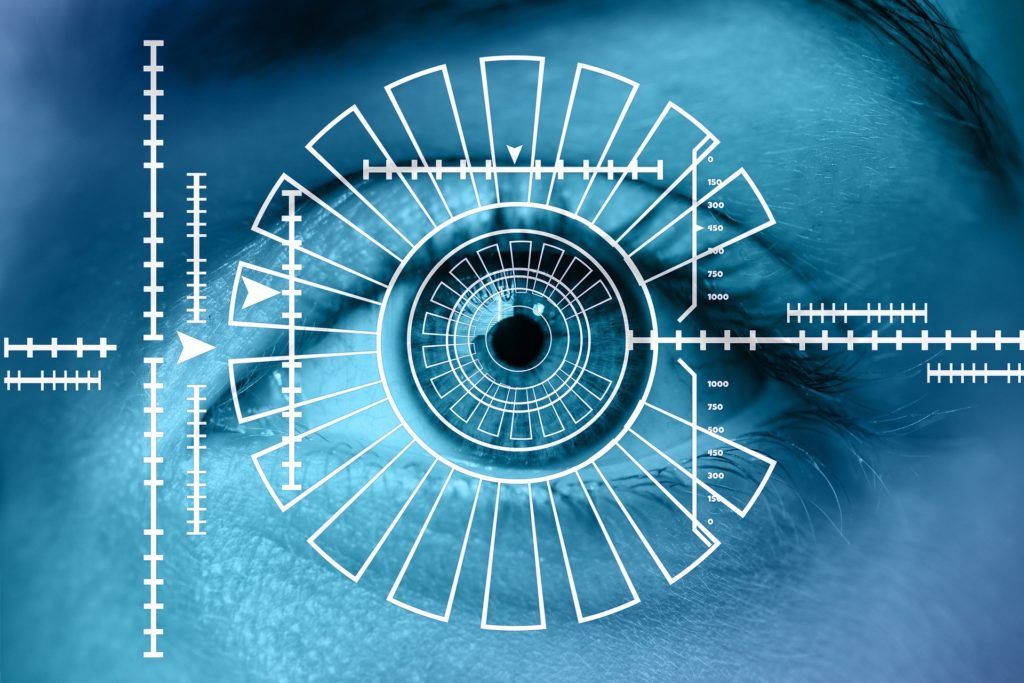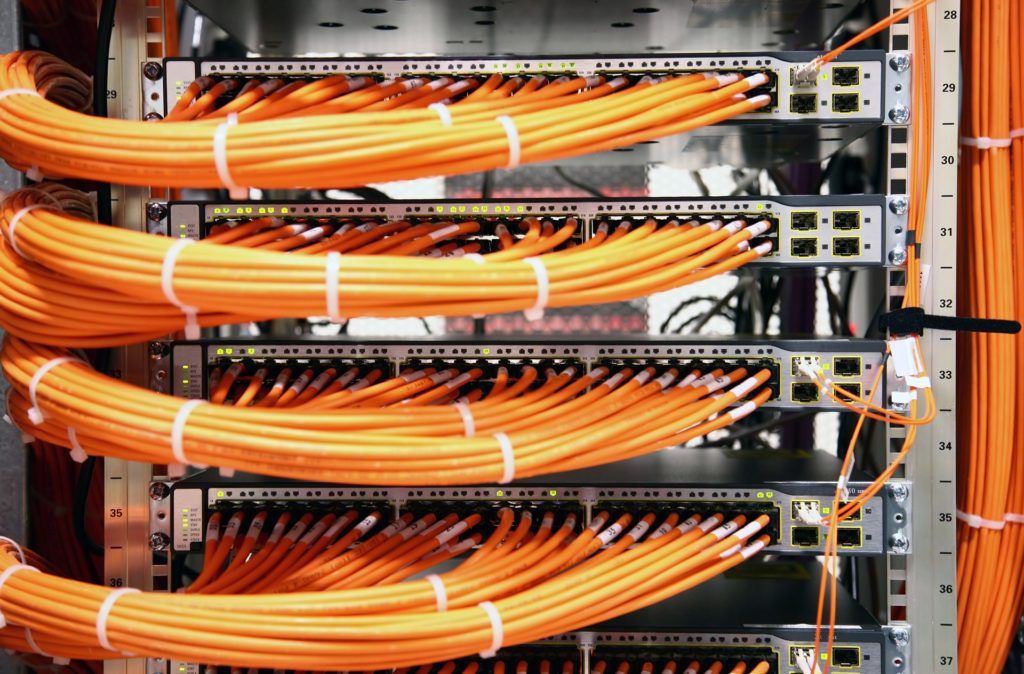Tech Terminology: Authentication

Authentication isn’t an unfamiliar aspect in everyday life. Driver’s licenses, library cards, and PIN numbers are all forms of identity authentication. However, as computers have become a cornerstone of everyday life, the most commonly-used way to confirm one’s identity has almost assuredly become the username/password login combination. Today, we’ll take a deeper dive into what […]
Tech Terminology: Network

Network is a word that’s commonly seen in the office environment in many different ways. In particular, you’re likely to hear about network security, network maintenance, social networking, and switches, but what does it all mean? In this week’s tech term, we’re going to address what a network is and how it works to tie […]
Tech Terminology: Processor

The word “computer” actually originated in the 1600s, when it was used to describe a person who carries out calculations and the requisite processes. Today, those processes are carried out mechanically. Let’s examine the piece of the computer that allows it to do so, the CPU. What a CPU Does The CPU (or central processing […]
Tech Terminology: Business Intelligence

If you know more about your organization and its customers, you’ll be able to make better decisions about the future of your business. Thanks to an increased focus on business intelligence, even small and medium-sized businesses can take advantage of these analytical tools to improve operations and customer relations. What is business intelligence? How does […]
Tech Terminology: USB-C The difference between USB Type A, B, & C

We often take for granted that people know what we are talking about when we talk about popular connectors, but really how do these systems work? For this week’s tech term, we are going to take a look at something we all have used and probably are actively using: the Universal Serial Bus (USB). We […]








